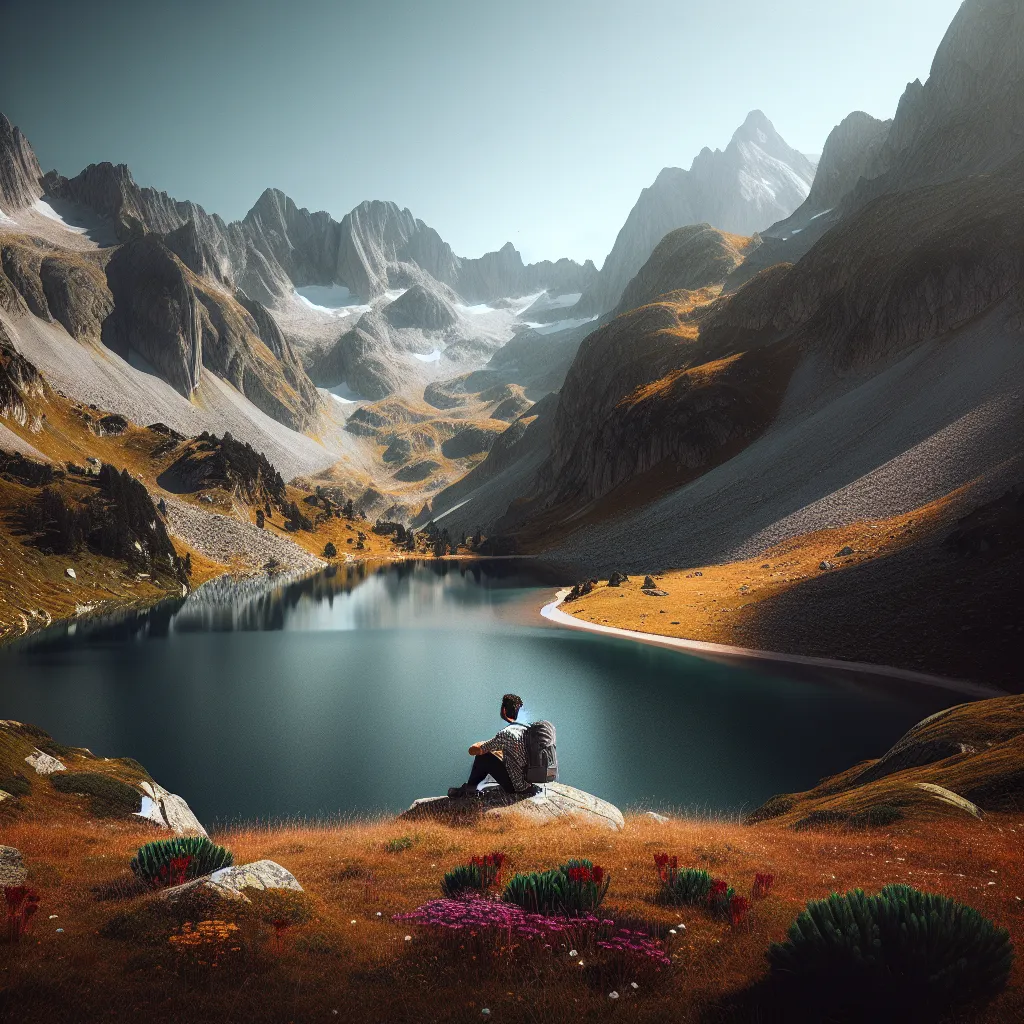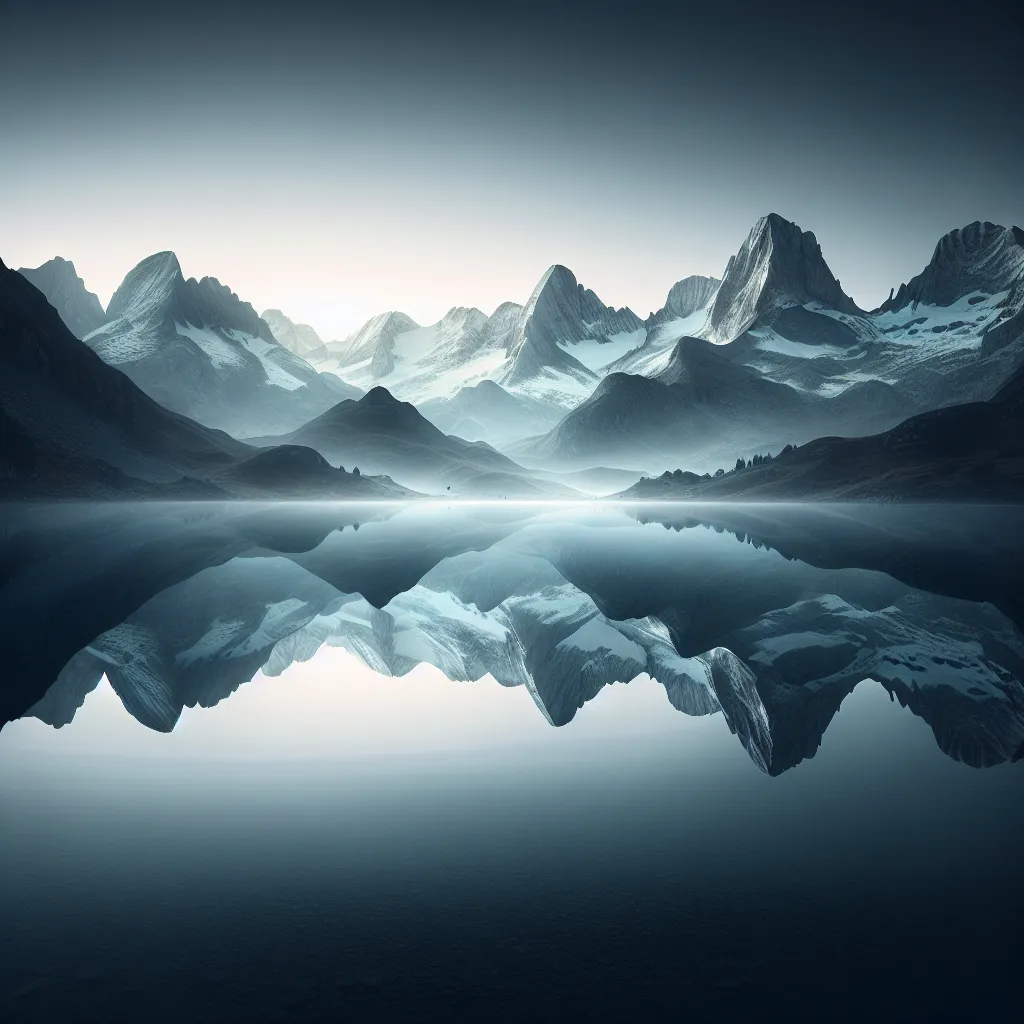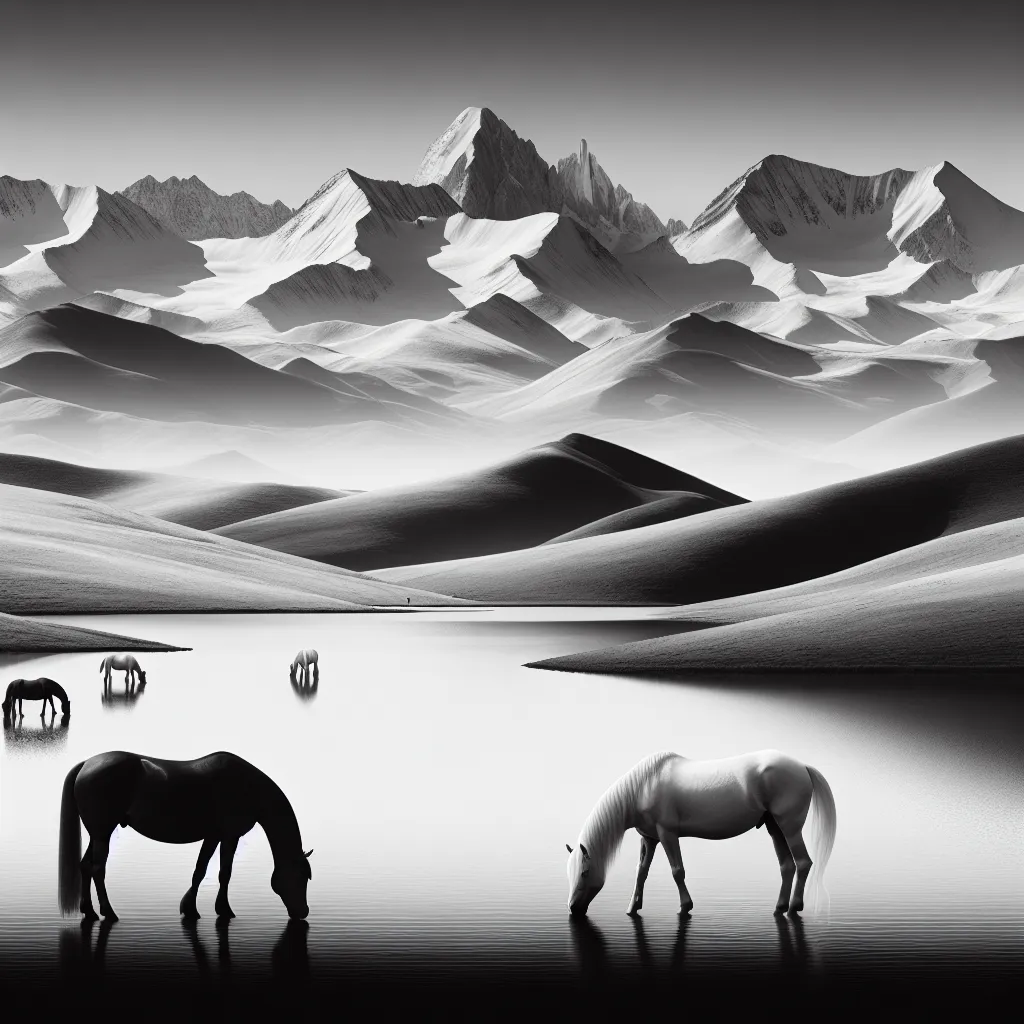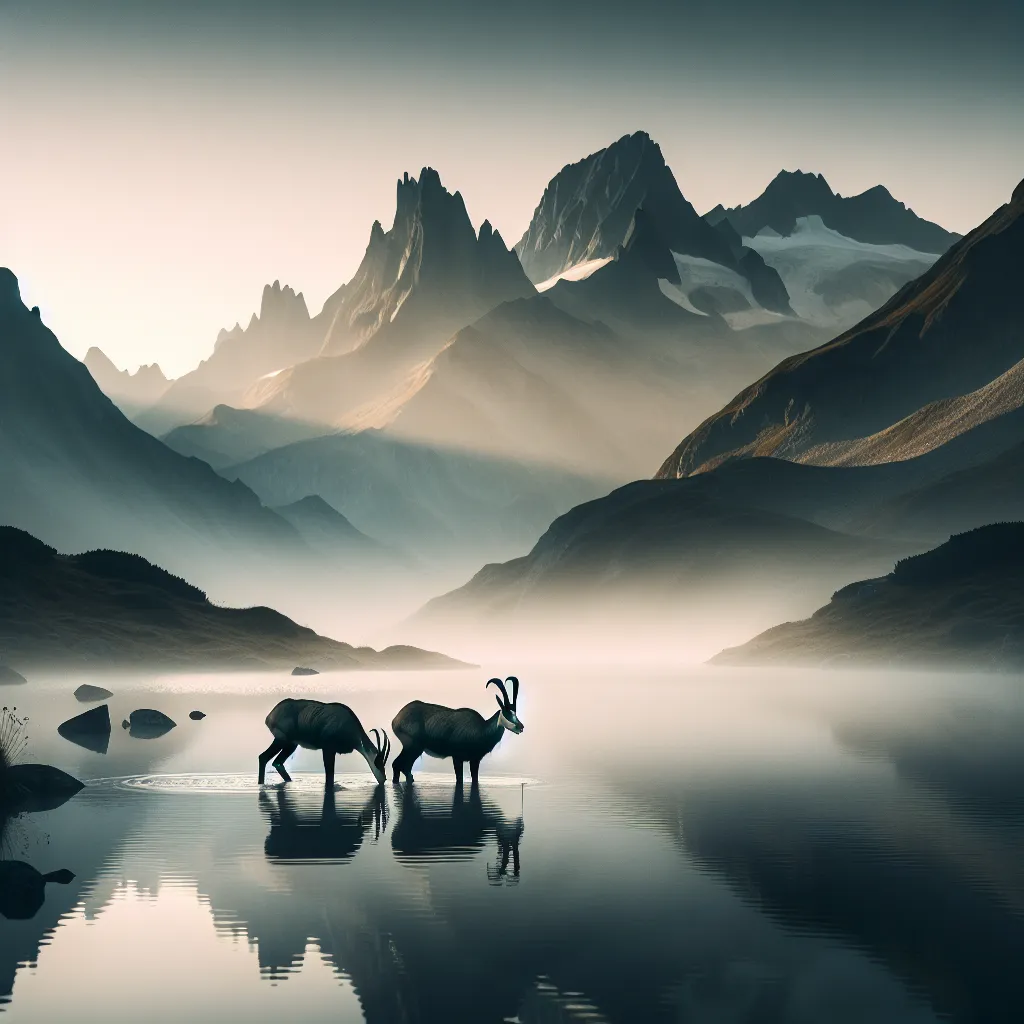Mountain Lakes of the Ariege: Hiking to Alpine Jewels
Explore the stunning mountain lakes of the Ariege Pyrenees. From the accessible Etang de Lers to remote glacial tarns, discover hikes that combine scenic beauty with refreshing alpine waters.

Introduction: Where Mountains Meet Water
There's something magical about mountain lakes. After hours of climbing through forest and across rocky slopes, you crest a final rise and there it is—a mirror of water reflecting peaks and sky, so still it seems impossible, so clear you can count stones on the bottom. The Ariege Pyrenees are studded with these alpine jewels, each one different in character, each one worth the hike.
Unlike the more famous lakes in the high Alps, the Ariege's étangs and lacs remain relatively quiet. You might share the larger ones like Etang de Lers with a handful of other hikers and some grazing horses. At the smaller, more remote tarns, you could have the entire cirque to yourself. These are contemplative hikes—there's something about reaching a mountain lake that makes you want to sit, breathe, and simply be present.

Alpine Lake Reflection
Etang de Lers: The Gateway Lake
If you're new to mountain lake hiking or want something accessible for the whole family, Etang de Lers is your introduction to alpine waters. Sitting at 1,270 meters, this substantial lake is actually reachable by car—though that misses the point entirely. Park at Port de Lers pass and hike down (yes, down—you'll pay for that on the return!) for a gentle approach that reveals the lake gradually.
The circuit around Etang de Lers covers about 5 kilometers with minimal elevation change, perfect for an easy morning. But the lake's real value is as a staging point for bigger adventures. From here, you can climb the Pic des Trois Seigneurs (2,199m), a demanding ascent that rewards with panoramic views across half the Ariege. Or take the trail to Etang d'Arbu, a smaller tarn nestled in its own glacial cirque.
In summer, you'll share the meadows around Etang de Lers with Merens horses and cattle—the pastoral scene feels timeless. The water's too cold for swimming (it's meltwater-fed and rarely exceeds 15°C even in August), but paddling along the shore after a hot climb is pure pleasure.

Etang de Lers Panorama
Etang d'Ayes: The Wild One
For a more demanding adventure that leads to one of the Ariege's most beautiful lakes, set your sights on Etang d'Ayes. This hike starts from Salau village (accessible from St Girons via Seix) and climbs steadily through beech forest before breaking into open mountainside. The elevation gain is significant—around 900 meters over 8 kilometers—but the trail is well-maintained and the gradient never brutal.
What makes Etang d'Ayes special is its setting. The lake sits in a dramatic cirque, surrounded on three sides by steep mountainsides that plunge directly into the water. On calm days, the reflections are so perfect they disorient—you lose track of where mountain ends and image begins. It's a natural amphitheater that amplifies every sound, from bird calls to the occasional rumble of rockfall from the cliffs.
Most hikers make this a day trip, carrying lunch to enjoy lakeside before descending. But the nearby Cabane d'Ayes refuge (a simple shelter, not staffed) allows for overnight stays if you're equipped for basic mountain camping. Watching sunset light paint the cirque walls in shades of pink and gold is worth carrying the extra weight.
Hidden Gems: Remote Alpine Tarns
Beyond the well-known lakes lie dozens of smaller tarns that see few visitors. These are true mountain solitude destinations, requiring map-reading skills and confidence on less-obvious trails.
The Lacs de Bassies circuit from Aulus-les-Bains visits a chain of five lakes in a single demanding day (750m elevation gain, 14km round trip). Each lake has its own character—some deep and dark, others shallow and reedy. You'll likely see isards (Pyrenean chamois) and possibly even marmots.
Etang de Soulit requires a stiff climb from Massat but rewards with isolation and beauty. The trail passes through old-growth forest before emerging onto alpine pasture. The lake itself sits in a hanging valley, with the sort of quietness that only comes from genuine remoteness.
For the truly adventurous, the Cirque du Cagateille contains multiple tiny tarns scattered across its floor. Often called 'Little Gavarnie' for its resemblance to the famous cirque, it's accessible from the Ustou valley and feels like you've stumbled onto a secret corner of the mountains.
Practical Matters: Lake Hiking Logistics
Best Season: Late June through September. Many higher lakes remain partially frozen until mid-June, and trails can be snow-covered into July in heavy winter years. September offers spectacular clarity and autumn colours reflected in the water.
Swimming: Ariege mountain lakes are cold—typically 10-15°C even in summer. Brief dips are refreshing after a hot climb, but this isn't lake swimming as you might know it from warmer climates. The water is exceptionally pure, though, straight from snowmelt.
Wildlife: Dawn and dusk around mountain lakes are prime times for spotting isards, marmots (listen for their warning whistles), and various birds of prey. Maintain distance and silence for best viewing.
Photography: Lakes offer incredible photographic opportunities, especially in calm morning conditions when reflections are perfect. Bring a polarizing filter to manage glare and enhance water clarity in your shots.
Safety: Mountain weather changes rapidly. What starts as a sunny lake hike can become a wet, miserable descent if afternoon storms roll in. Start early, watch the sky, and don't hesitate to turn back if conditions deteriorate.

Mountain Lake Wildlife
Your Lake Hiking Base
The Ariege's mountain lakes are spread across the region, but basing yourself in the Couserans puts most within an hour's drive. St Girons makes an excellent hub, with good road access to all the major trailheads. From here, you can reach Etang de Lers via Massat, Etang d'Ayes via Seix and Salau, and the Aulus-les-Bains area for the Bassies lakes.
Choosing the right gite Pyrenees accommodation matters for lake hiking. You're doing significant elevation gain, which means your body needs proper recovery. Loge de Chateau Pouech near St Girons offers the combination of central location and genuine comfort that makes multi-day lake hiking sustainable. After a day climbing to alpine waters, you want somewhere you can properly rest, not just crash in a basic bed.
Many lake hikes make excellent loop trips—climb to the lake one day, recover with an easy valley walk the next, then tackle another lake the following day. This rhythm of effort and recovery lets you explore multiple lakes over a week without burning out. And between hikes, the Couserans valleys offer plenty of alternatives: medieval villages to explore, local markets for supplies, riverside cafés for lazy afternoon debriefs of the day's adventure.
The mountain lakes of the Ariege are calling. Each one is different. Each one is beautiful. And all of them are waiting for you to make the climb and discover their particular magic.



